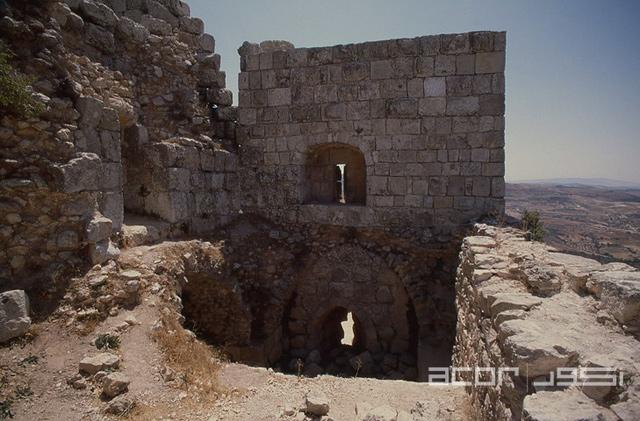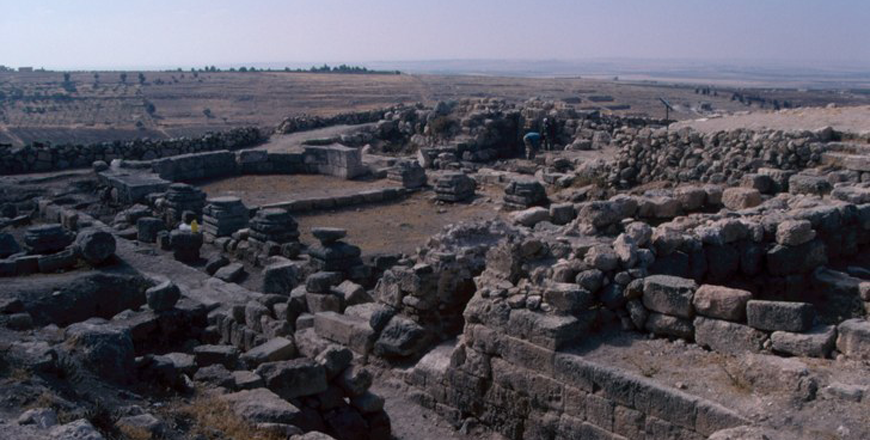You are here
Privatisation of land tipped balance of power in Mamluk times — scholar
By Saeb Rawashdeh - Mar 14,2020 - Last updated at Mar 14,2020

Ajloun Castle, built in 12th century and situated in northwest Jordan, was one of centres of Mamluk rule in the Levant (Photo courtesy of ACOR Archive/ Rami Khouri Collection)
AMMAN — During the Mamluk dynasty (1261-1517AD), officials did not generally interfere in the daily management of agricultural land, an American archaeologist noted.
“With the exception of sultanic monopolies [such as sugar production], officials merely came to threshing fields to collect taxes or made seasonal trips to villages to take their taxes in coinage,” said Professor Bethany Walker from the University of Bonn, noting that the Mamluks’ investment in infrastructure and defence was meant primarily for security purposes.
Furthermore, the major points of conflict between Mamluk rulers and local farmers centred on access to water, grain requisition and civil wars between sultans and emirs that resulted in the destruction of fields and caused emigration, Walker added.
“Villagers frequently wrote letters of complaint to governors, and even the sultans themselves, about these abuses. Sometimes they asked for help from muftis and scribes in Jerusalem to deal with Mamluk officials and to draft these letters,” Walker added.
However, the turning point which “tilted the balance of power” between the Cairo-based state and local farmers was the privatisation of land at the end of the 14th century.
“The state, now bankrupt, started selling off land from its treasury, while local elites, as well as members of the ulema [judges, muftis, teachers, etc.], began to buy up small plots of land, starting with orchards,” Walker said, adding that the new landowners began to collect and read manuals on farming — which were popular in the 15th and 16th centuries — and exchange information about new crops and markets.
Ideas spread about new forms of irrigation, soil fertilisation and the pruning of fruit trees and people moved closer to their orchards, abandoning the larger villages, the professor noted.
“They gained financial independence and some degree of political autonomy. With the profits gained from their own land, they began to invest in their communities, building mosques and shrines and creating charitable foundations,” Walker concluded.
Related Articles
AMMAN — The Ottoman conquest of the Levant in 1517 had an impact on the economic models of the Mamluk dynasty that ruled the area from
AMMAN — In the Mamluk period, some of the most politically dangerous persons went to Karak Castle, said an American scholar.Karak Castle, a
AMMAN — Tell Hisban, located in the Madaba Plains, represents the “granary of the empires”, noted an American archaeologist.The site, coveri















